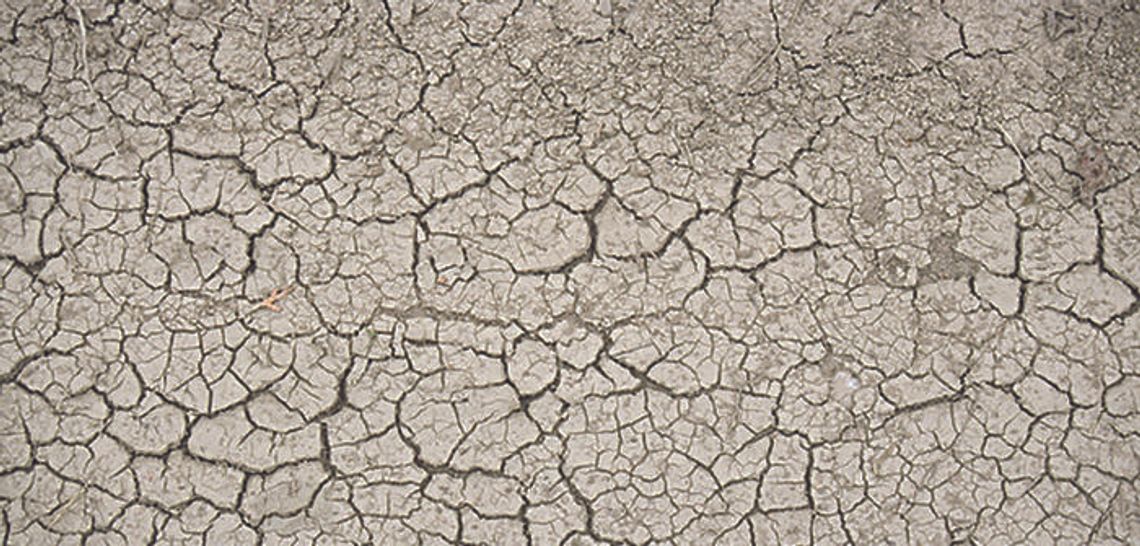A proposed house bill could call for five groundwater conservation districts (GCD) spread across Hays, Blanco, Burnet, Comal and Kendall Counties to merge into a single aquifer management entity.
But concerns are rising that the legislation filed by State Rep. Jason Isaac (R-Dripping Springs) has resurfaced debate over state versus local control.
Isaac’s bill, HB 3677, would create the Heart of Texas Aquifer District (HOTAD), which would span the five county area and include the Hays Trinity, Blanco-Pedernales, Comal Trinity, Cow Creek and Central Texas Groundwater Conservation Districts.
The bill would dissolve the five districts and require they transfer their debts, assets and obligations to the HOTAD, which would have full GCD powers via Chapter 36 of the Texas Water Code.
GCDs unaffected by the legislation include Barton Springs Edwards Aquifer, Edwards Aquifer and Plum Creek.
According to language in the bill, the HOTAD would have five directors appointed by the Hays, Blanco, Burnet, Kendall and Comal commissioners courts.
During a virtual town hall on Facebook, Isaac said the reason for the bill was to eliminate the “patchwork quilt” of districts that regulate groundwater in Central Texas and consolidate all those districts into one.
The concern, Isaac said, was that each district has different rules for aquifer regulation.
“We need to do more based on science, in my opinion, on how water flows and not on man-made political boundaries,” Isaac said. He added the bill was not an attempt for a water grab for other counties.
“We have food to grow and animals to feed, and we have economic development and tourism we enjoy in Hays County,” Isaac said. “We want to protect those springs.”
Linda Kaye Rogers, board president of the Hays Trinity Groundwater Conservation District, is concerned about the bill, primarily the operation of the proposed HOTAD.
She said the bill doesn’t specify where funding would come from, nor does it say how science would be handled within the district. Rogers said there are people who are “very upset” the bill could take away local representation and the ability to elect directors to their seats.
“This is just mind-boggling how this could be managed,” Rogers said.
John Dupnik, Barton Springs Edwards Aquifer Conservation District general manager, said it wasn’t clear to him how the new district could work, but he felt it could help the Hays Trinity Groundwater Concervation District (HTGCD), which has limited funding and authority.
The HTGCD is the only district in the state that doesn’t have full powers under Chapter 36 of the Texas Water Code. Rogers said the district isn’t able to regulate agriculture wells, which places them in a “disadvantage” of managing available groundwater.
But Dupnik said the bill could be “complicated in practice” as some of the districts, which do not levy taxes, could become taxing authorities.
Dupnik said the groundwater district model is the “preferred” method based on the access to local officials. He said the bill is also the manifestation a larger debate over state and local control.
But could the HOTAD bill see the light of day?
Rogers said she met with Isaac, who told her the bill likely isn’t going anywhere and could have difficulty getting passed. The bill was referred to the House Natural Resources Committee in March.
But Rogers said merging the five districts would be difficult to do, as they each have their own legislation guiding their rules.
In addition, she felt it could undermine the work entities within Groundwater Management Area (GMA) 9 have done to coordinate science.
She said the HTGCD has in the last two years brought its rules to be more in line with the BSEACD.
“We’re already working to more similar procedural rules,” Rogers said. “It’s in order to be more cohesive as we can with different legislation.”










